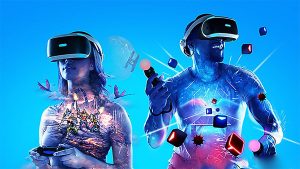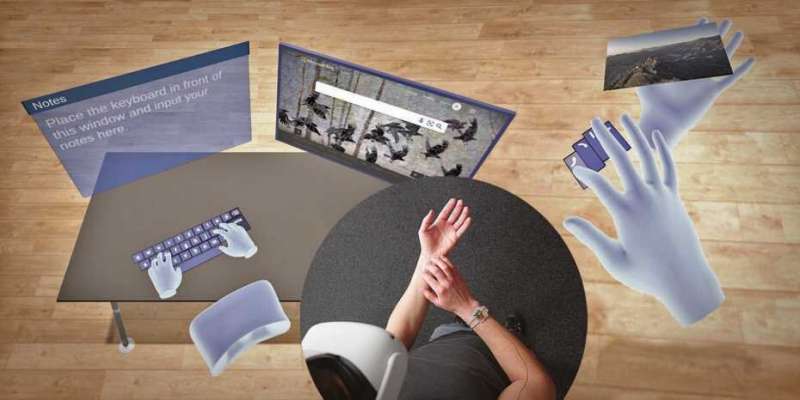Virtual Reality (VR) is no longer science fiction; it’s a game-changing technology that’s shaping our everyday lives. From gaming to medicine, VR is opening up new ways to learn, work, and play. Let’s explore what VR is, how it’s used, and what the future holds.
What is Virtual Reality?

Virtual Reality (VR) is a computer-generated world that feels real. Using a VR headset, you can step into these virtual spaces and interact with them. You might find yourself inside a video game, exploring a far-off place, or even performing a virtual surgery.
VR isn’t as new as it seems. It started in the 1950s with the Sensorama, a machine that combined 3D visuals, sound, and smells. Today’s VR is much more advanced, with immersive headsets that make the experience feel incredibly real.
Virtual Reality vs. Augmented Reality
Many people mix up Virtual Reality (VR) and Augmented Reality (AR):
- Virtual Reality (VR): VR puts you in a fully digital world. You need a headset, and everything you see is created by the computer.
- Augmented Reality (AR): AR adds digital elements to the real world around you. Think of Pokémon Go, where digital creatures appear in real-world settings.
There’s also Mixed Reality (MR), which blends VR and AR, allowing digital and real objects to interact seamlessly.
Where is Virtual Reality Used?
VR is changing many industries and offering new ways to experience the world:
- Medicine: VR is used for training, therapy, and treatment, helping doctors practice and patients heal.
- Education: Students can explore virtual worlds, making learning fun and interactive.
- Entertainment: VR lets gamers step inside their games, and users can try extreme sports from their living rooms.
- Architecture: Architects use VR to show 3D designs, allowing clients to walk through a project before it’s built.
- Industry: VR creates Digital Twins—virtual copies of real objects—for testing and training without risks.
- Military: Soldiers use VR for training in simulated combat, preparing them for real-world situations.
- Art and Culture: Museums offer virtual tours, letting people explore art and history from anywhere.
- Media: VR brings news stories to life with 360° views, taking viewers to the heart of events.
The Future of Virtual Reality

The future of VR looks bright. Investments are growing, and companies are integrating VR into everyday business. Challenges remain, like making headsets more comfortable and reducing side effects like dizziness.
Upcoming innovations include wireless, high-resolution headsets and the use of Artificial Intelligence (AI) to enhance virtual worlds. With 5G technology, VR will become even faster and more responsive, making virtual experiences feel closer to real life.
Conclusion
Virtual Reality is more than a tech trend—it’s changing how we learn, play, and interact with the world. As VR continues to evolve, it will blur the lines between the virtual and the real, offering endless possibilities for the future.










